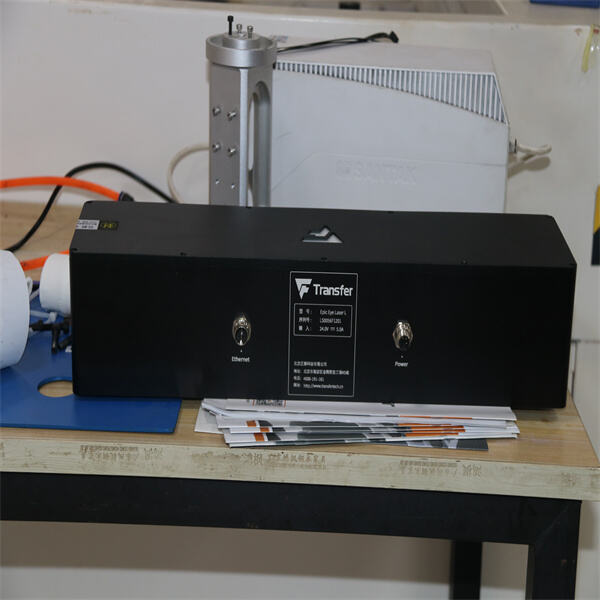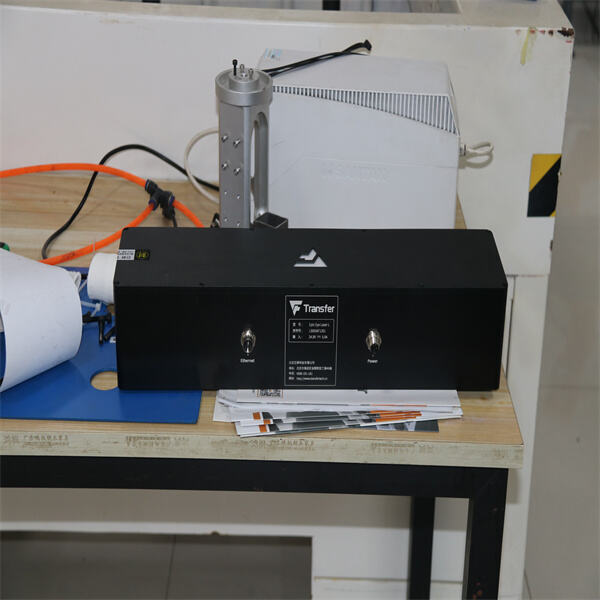Well, robots are very handy machines that perform so many interesting tasks like move, do labors, and do tasks automatically. But have you ever thought about how they do all of this? Now all of this is made possible because of something known as sensors. Sensors serve the role of a robot eyes and ears. They enable robots to see and hear everything going on around them. Now, let’s explore more about how sensors help robots perform their wonders.
Sure, it was nothing like what we looked like with our heads down seemed to be not too much and nought with a vaseline smile on it, have you ever seen a robot move without crashing into things? How is that even possible you ask? Sensors. Sensors allow a robot to locate something, be it a wall, an object, a person, or even another robot in it is external surroundings. When sensors such as MINYUE distance measuring sensors detect something, they send messages to the robot’s brain. This teaches the robot where things are, so that it can move around safely and gently. Just like having some sort of special superpower that prevents robots from getting lost or crashing. Imagine a robot gliding through a room, weaving around furniture and people. And that’s all thanks to it is sensors.
The cool part about sensors is what they do for robots — help them discover objects in their way. Imagine a robot making it is way across a crowded room with chairs, tables, and people. Without the sensors, it might be bumping into these things and end up stuck. But the robot can "see" where the obstacles are with sensors like MINYUE laser beam sensor. It can find a way to navigate around them. Sensors make robots smarter and help them navigate tricky spots without stalling. This skill is very critical, especially when robots need to navigate in cluttered areas.

How often do you find yourself trying to lift a very, very small thing up, like a small toy or a crumb, with your fingers? It can be hard, right? Robots can do that too, and thanks to sensors, they make it look easy. Sensors such as long range distance sensor enable robots pick up or move things with a greater accuracy and caution. It can measure how far away something is, the angle at which they need to grab it and even how heavy it is. It enables robots to proceed making movements with care and accuracy. Sensors allow robots to do superhuman tasks, such as catching a fly in mid-air.

Sensors in Robotics: Types
Such robots interact with the surrounding environment with the help of sensors like MINYUE high speed laser sensor. Some sensors fill the role of sensing light, sound, or temperature, while others monitor distance, speed, or the robot's own position. Each type of sensor is used for it is own, unique function that allows the robot to better recognize and interact with it is environment. That’s kind of like having a team of little helpers in the robot. Each sensor has it is own special skill that makes everything go smoothly. A light sensor, for example, can let the robot know when it is getting dark, while a distance sensor can guide the robot to calculate how far away a wall is located.

Technology is advancing rapidly and as robots are getting smarter thanks to the new sensor technology. Scientists and engineers are always busy creating new sensors so robots can do even cooler stuff. Some sophisticated sensors, for example, aid robots in facial recognition, speech interpretation, and even touch sensation. These latest sensors, which come equipped with more enhancements, are making robots even more useful and capable, and you can count on them for wherever location you may need their assistance. : Robots are going to be able to assist us in our homes, in our schools, and in our jobs, as well.
Beijing Minyue Technology Co.,LTD,as the world's leading high-tech enterprise of non-teaching intelligent application of industrial robots.We specialize in flexible intelligent manufacturing with our self-developed RobotSmart - Intelligent Decision Making System, SmartVision - Binocular Structured Light Vision System, and SmartEye - Laser Vsion Seam Tracking System. Provide a new generation of intelligent robot welding and cutting solutions.
Adopting the function of finding and tracking, scanning the weld seam, confirming the position and information of the weld seam, correcting the position of the weld seam between the 3D digital model drawing and the actual workpiece, and solving the problem of bias weld due to the error of incoming materials and thermal deformation.
Fast, accurate, completely No-Programming, high efficiency and high precision. It solves the complicated teaching process of traditional robots and saves the downtime of teaching process.
Provide powerful welding robot front loading, side loading, inverted loading, gantry mounting, intelligent trajectory planning for multiple robots, multiple external axes, and positioner for cooperative work. Realize robot motion simulation, collision detection, singularity avoidance and axis limit detection.